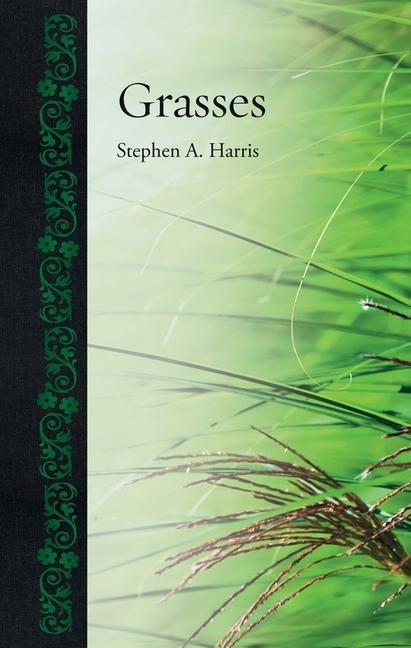Bücher versandkostenfrei*100 Tage RückgaberechtAbholung in der Wunschfiliale
Ihr Ostergeschenk: 15% Rabatt auf viele Sortimente11 mit dem Code OSTERN15
Jetzt einlösen
mehr erfahren
Zustellung: Di, 06.05. - Mo, 12.05.
Versand in 3-4 Wochen
VersandkostenfreiBestellen & in Filiale abholen:
Grasses cover approximately one quarter of the planet s land surface; four specieswheat, rice, maize, and sugarprovide 60 per cent of human calorie intake. Almost all of us at some point play on, relax on, plant, tend, or harvest grasses for our own pleasure or sustenance; yet for all that their importance to us is not commonly understood. It is predicted that by 2050 the world s population will be approximately nine billion, and 90 per cent of the planet s land area will be affected by human activities. To feed ourselves we will be more dependent on grasses than ever before.
"Grasses" explores and explains the history of our relationship with these humble yet vital plants since the end of the last Ice Age to the present day. Grasses, perhaps more than any other plant or crop, show the effect of human influence: farmed on a massive scale, they are the ultimate staple crop. In turn we are also influenced by grasses, often fighting to preserve our green space and public parks. Stephen Harris describes this relationship against the background of our heightened awareness of climate change: in the future we will have to balance our needs of grass as food, grass as living space, and potentially even grass as fuelif grasses have always been an vital part of the human story, this book shows that they will only become more so.
"
"Grasses" explores and explains the history of our relationship with these humble yet vital plants since the end of the last Ice Age to the present day. Grasses, perhaps more than any other plant or crop, show the effect of human influence: farmed on a massive scale, they are the ultimate staple crop. In turn we are also influenced by grasses, often fighting to preserve our green space and public parks. Stephen Harris describes this relationship against the background of our heightened awareness of climate change: in the future we will have to balance our needs of grass as food, grass as living space, and potentially even grass as fuelif grasses have always been an vital part of the human story, this book shows that they will only become more so.
"
Mehr aus dieser Reihe
Produktdetails
Erscheinungsdatum
15. Mai 2014
Sprache
englisch
Seitenanzahl
224
Reihe
Botanical
Autor/Autorin
Stephen A Harris
Verlag/Hersteller
Produktart
gebunden
Gewicht
584 g
Größe (L/B/H)
221/143/22 mm
ISBN
9781780232737
Entdecken Sie mehr
Bewertungen
0 Bewertungen
Es wurden noch keine Bewertungen abgegeben. Schreiben Sie die erste Bewertung zu "Grasses" und helfen Sie damit anderen bei der Kaufentscheidung.






























